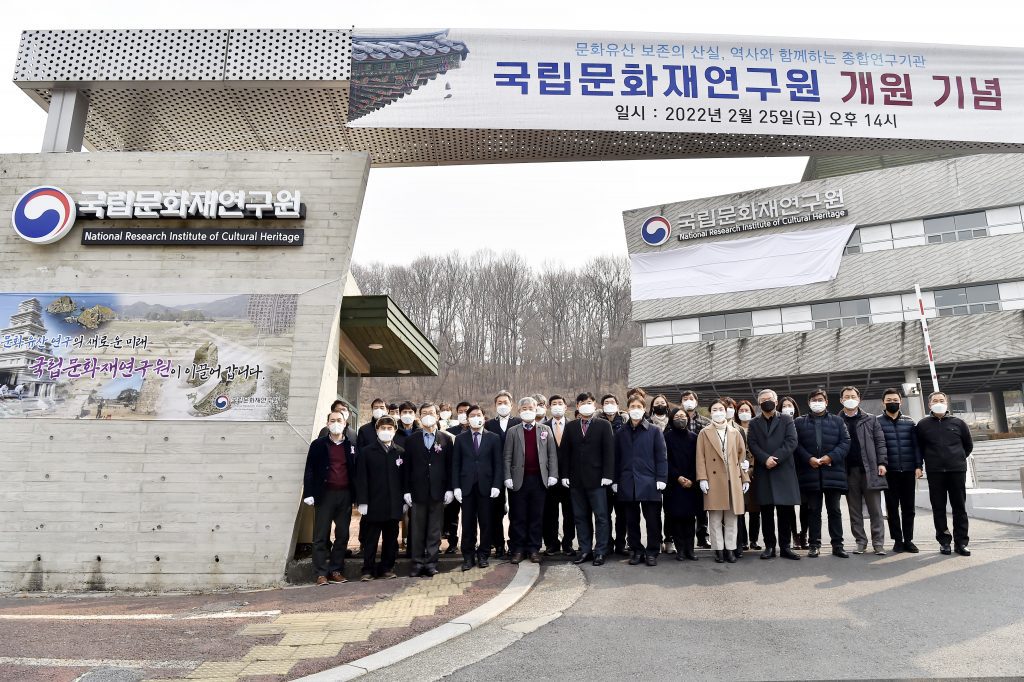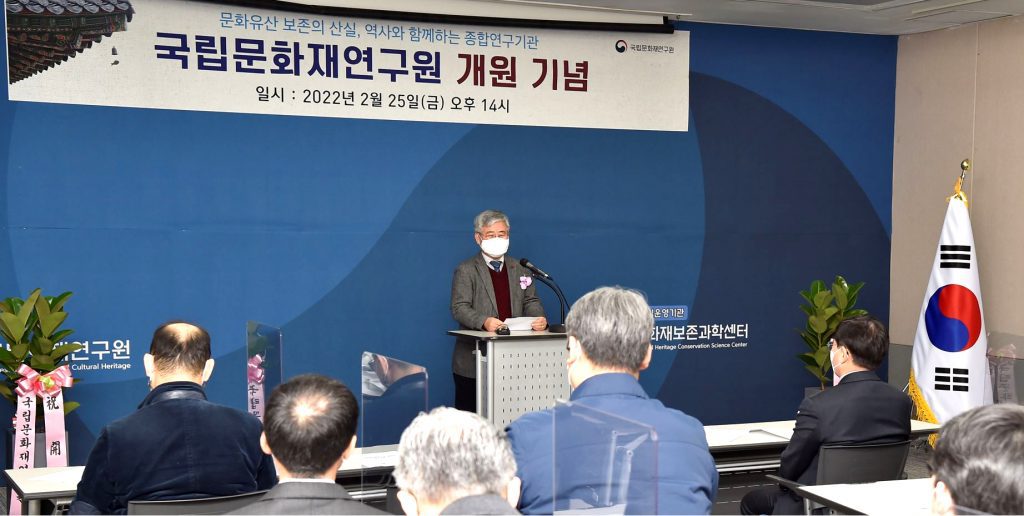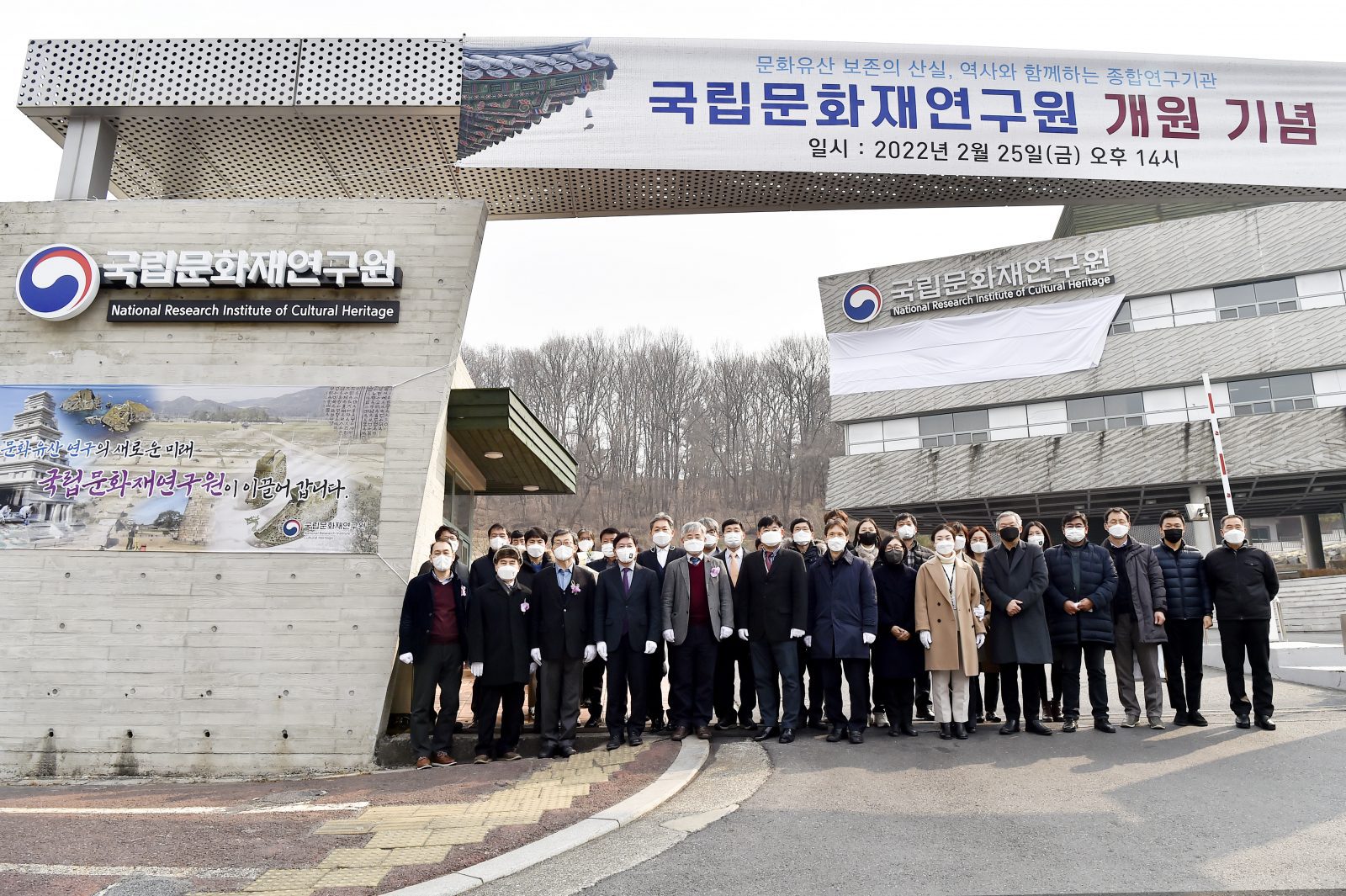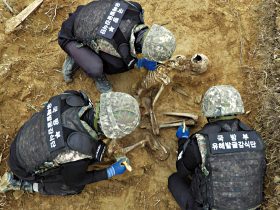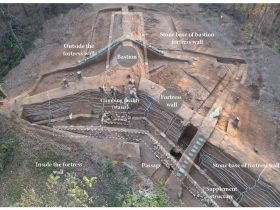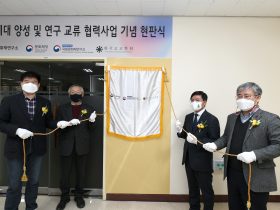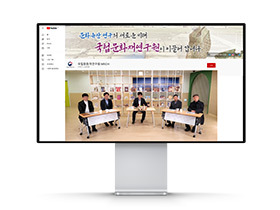The National Research Institute of Cultural Heritage (NRICH), an affiliate of the Cultural Heritage Administration (CHA), changed its official Korean name from Gungnim Munhwajae Yeonguso to Gungnim Munhwajae Yeonguwon on Feb. 22, 2022. The NRICH was first established as the Cultural Heritage Research Office under the Cultural Heritage Bureau of the Ministry Culture and Information on November 5, 1969. The Institute was renamed to the NRICH under the Presidential Decree on November 22, 1995.
The change of the name comes from the institute aiming to respond proactively towards the recent emergence of the Fourth Industrial Revolution and change of research environment such
as state-of-the-art technology including artificial intelligence, 3D data and non-contact analysis, convergence research based on cultural heritage knowledge resource and systematic and scientific cultural heritage analysis.
The NRICH is the only national institute comprehensively studying cultural heritage, researching a variety of cultural properties in various fields from archaeology, art history, and architecture to conservation science, natural heritage and safety and disaster prevention. Currently, the institute has two divisions, seven research divisions and a center with seven regional institutes to cover each cultural area.
In the last 53 years, the NRICH has conducted excavation, restoration and conservation on important national cultural properties. The institute’s major achievements includes the excavation of Cheonmachong Tomb in Gyeongju, Tomb of King Muryeong in Gongju, Earthen Fortification in Pungnap-dong, Seoul and Gyeongbokgung Palace; restoration of Stone Pagoda at Mireuksa Temple Site and Stupa of State Preceptor Jigwang from Beopcheonsa Temple Site, Wonju; scientific conservation of Signboard of Sungnyemun Gate and Clepsydra of Changgyeonggung Palace; discovery of natural heritage such as footprints proving courtship of carnivorous dinosaurs; and survey on some 37,000 Korean cultural heritage overseas from eight countries.
In the future, the institute will continue to develop technologies for restoration and conservation of cultural heritage and nurture related industry by building a digital archive of cultural heritage including 3D data for digital restoration, documentary heritage big data and immersive contents on natural heritage and sharing it with the public and cultural heritage research and development (R&D) project covering intelligent exploration equipment and smart technology in response to disaster.
Upon the legislation of the “Special Act On The Maintenance Of Historical And Cultural Zones,” seven regional institutes in Gyeongju, Buyeo, Gaya, Naju, Jungwon, Ganghwa and Wanju will become the base for research cooperating with related organizations and local governments and research and promote Korea’s cultural heritage through projects such as a research on the value of world heritage in the Demilitarized Zone (DMZ), inter-Korea cultural heritage research and rectification of East Asia history.
The change of official name in Korean will lead to a more organic and systematic operation of the NRICH and regional institutes and strengthen research capacity to play a pivotal role in cultural heritage research.
